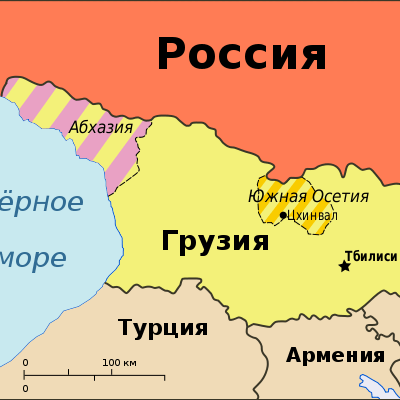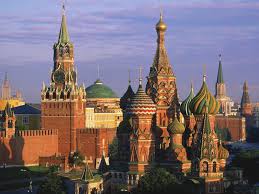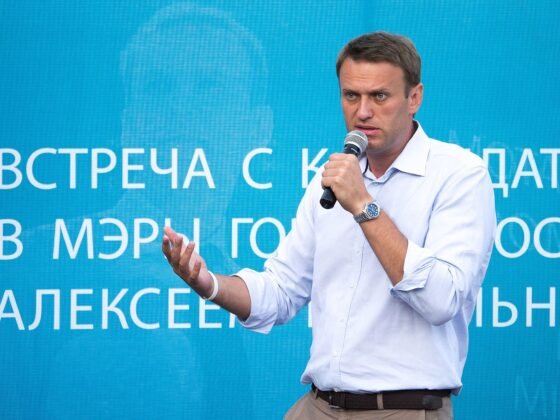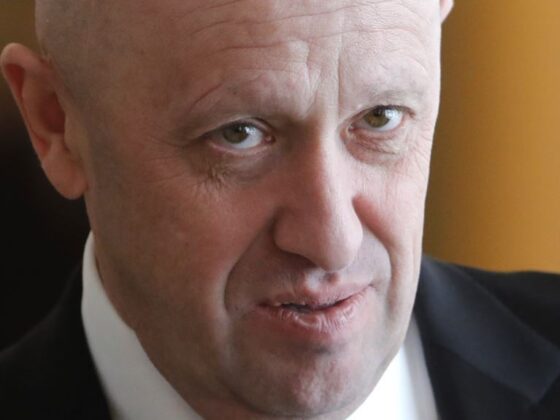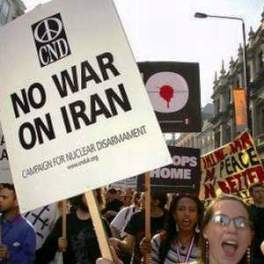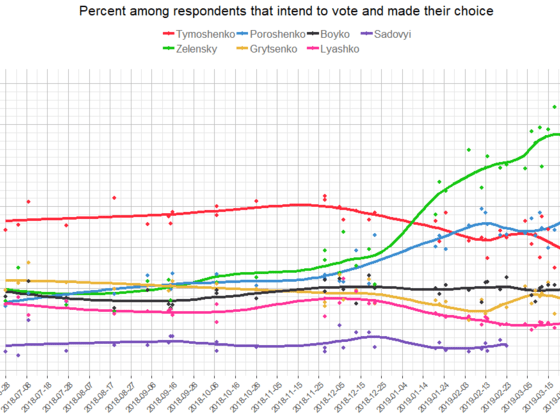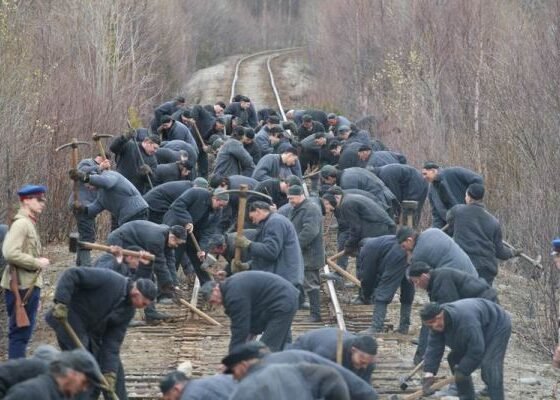(Foreign Policy) On August 7, the White House finally ended the suspense about whether or not President Barack Obama would visit Moscow after the G-20 meeting in St. Petersburg this September. "Following a careful review begun in July," a statement by the president's press secretary read, "we have reached the conclusion that there is not enough recent progress in our bilateral agenda with Russia to hold a U.S.-Russia Summit in early September."
The timing couldn't have been more symbolic. It was five years ago today that the sporadic firefights in South Ossetia and political fireworks between Moscow and Tbilisi devolved into a full-blown war, marking the nadir of post-Cold War U.S.-Russia relations. During the conflict that August, the U.S. principals committee—which includes the president, vice president, and other senior decision makers—considered the possibility of using military force to prevent Russia from continuing its assault on Georgia. Bombardment of the tunnel that Russian troops used to move into South Ossetia and other "surgical strikes" were among the options that were discussed and subsequently rejected.
Contemplating a war that would likely have resulted in nuclear Armageddon—even if the option was rejected—puts Obama's snub to Putin in perspective. Clearly, if the cancelation of a meeting represents the low point of relations in 2013, it also signals how far the two former Cold War adversaries have come since 2008.
The usual chorus of reset bashers, led by basher-in-chief Sen. John McCain (R-AZ), will of course seize on Obama's decision in order to proclaim that they were right all along: The reset was a woefully naïve, pointless exercise in covering up our fundamental differences with a Russian government that is bent on opposing U.S. interests abroad and crushing democracy at home. […]
See the full article | © Foreign Policy

